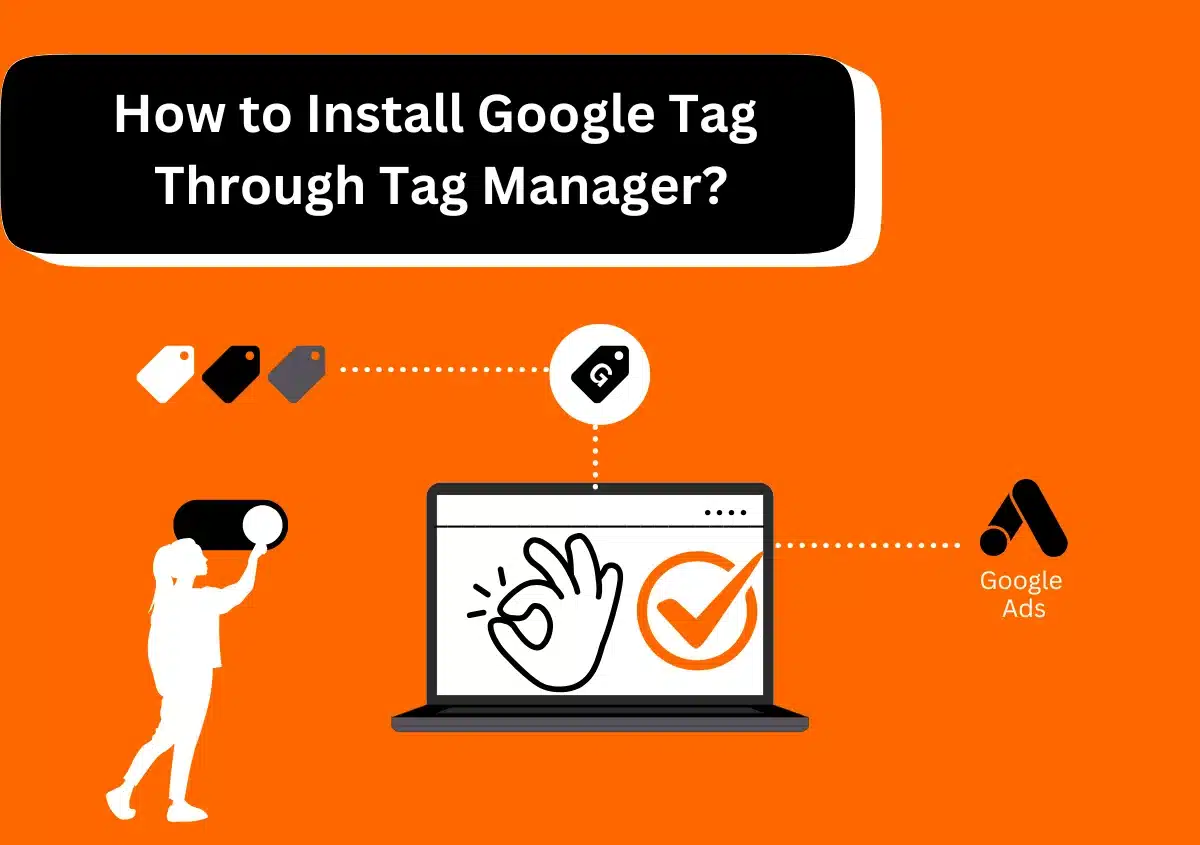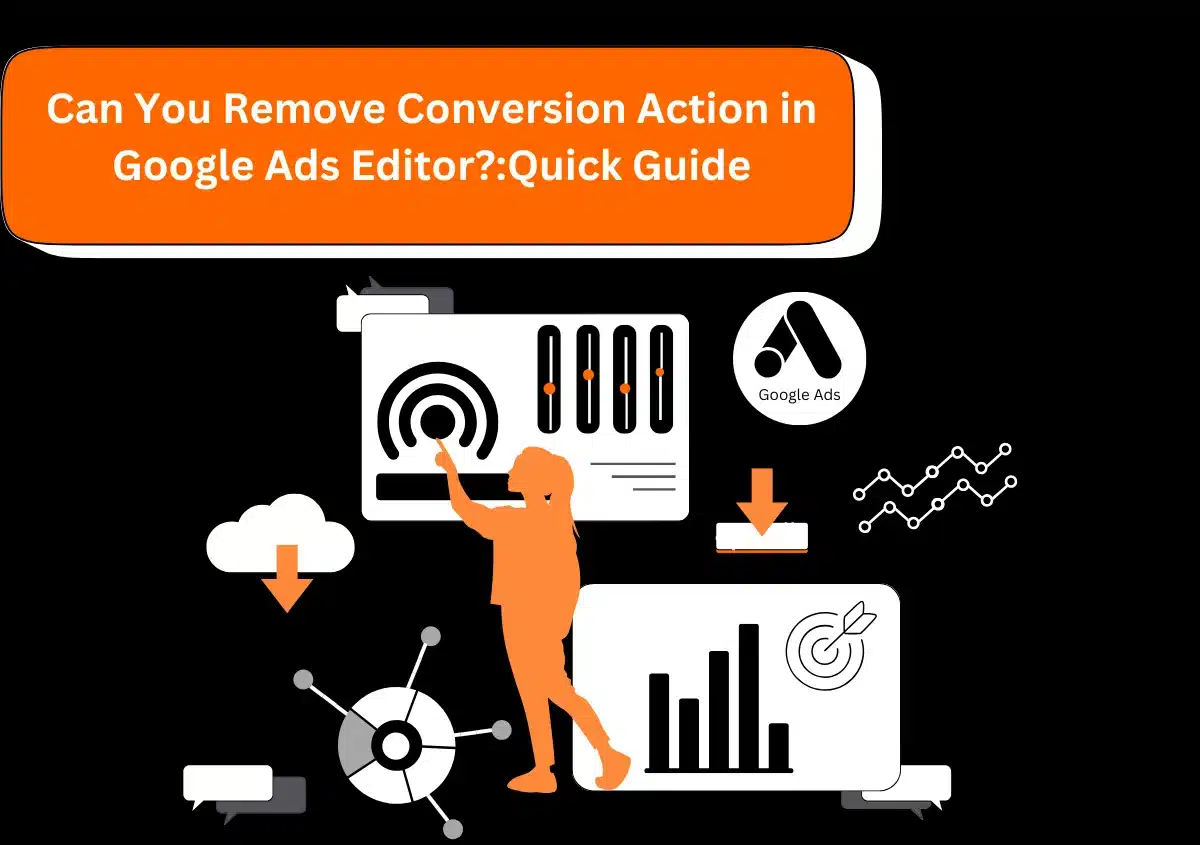
- About Us
- Design & Development
- Digital Marketing
- Analyze & Optimize
- Technologies
- Shopify Experts Agency
- Shopify Marketing Agency
- Shopify Support
- Shopify SEO Agency
- Shopify SEM Services
- Shopify SMM Services
- Shopify Web Design Agency
- Shopify Theme Development Services
- Shopify Theme Customization Services
- Shopify App Development Company
- Shopify Analytics
- Shopify CRO Agency
- Shopify Store Setup Services
- Shopify Product Description Services
- Shopify Email Marketing Services
- Shopify Content Writing Services
- Shopify Consulting Services
- Shopify Maintenance Services
- Shopify Speed Optimization Service Agency
- Shopify Migration Services
- Shopify Product & Collection Setup Services
- Shopify Marketing & Sales Consulting Services
- Shopify Content Marketing Services
- Shopify Logo & Visual Branding Services
- Shopify Brand Strategy Services
- Shopify Custom Domain Setup Services
- Shopify Business Strategy Consulting Services
- Shopify Sales Channels Setup Services
- Shopify Photo Editing Services
- Shopify Banner Ads Services
- Node JS Development Company
- PHP Development Services
- WordPress Development Services
- WooCommerce Development Services
- Magento Design & Development Services
- Joomla Development Services
- Drupal Development Services
- ReactJS Development Services
- Laravel Development Services
- HTML5 Development Services
- CodeIgniter Development Services
- AngularJS Development Services
- Shopify Experts Agency
- Blog
- Contact Us
#1 Responsive Web Design Company
Future-Proof Yourself With Responsive Web Design Services
Responsive web design services of Website Pandas deliver high-performing sites that run smoothly on any device and network.
/ 5.0

Happy customers
Please fill in your details below
to get free quote
We Work With







Why Prioritize Responsive Web Design?
Increase Traffic & Leads With Responsive Sites
Responsive web design is an approach to creating websites that adapt and function well, no matter the kind of device employed by the user. The websites follow the mobile-first strategy. The content and functionalities adjust according to the user’s platform. As a result, people can view your site on the go using a mobile or tablet. Skilled developers use the latest responsive design trends and technologies to create websites on which visitors can navigate easily and don’t need to wait for a specific feature to load.
Our Responsive Web Design Services
We cover everything from web design, testing, and content migration, to marketing in our responsive web design services.
1/ Responsive Website Design
We design responsive and mobile-friendly websites that fit the platform and screen size of your end user’s device. Our experts follow the best design practices for your website to deliver a consistent experience and gain traffic.
2/ Responsive eCommerce Design
Our conversion-focused custom e-commerce solutions look and perform optimally on mobile devices. Get aesthetically pleasing and intuitive solutions designed to boost your revenue.
3/ Responsive Web Development
We build responsive websites unique to each brand. From planning and design to development, we have specialists who optimize your website to function effectively across devices.
4/ Mobile-First Design
We use a mobile-first design approach when creating your websites so your business does not miss out on many mobile users looking to purchase the products and services you offer.
5/ Web Design Optimization
Transform the performance of your current site with our web design optimization service. By optimizing the layout, content, images, and resolution, we ensure that your website provides an excellent user experience.
6/ Website Content Migration
Our service ensures the effective migration of your website to a new platform without disrupting the integrity of its data. Our experts preserve its SEO ranking throughout the migration process.
7/ Accessibility Compliance
We offer full-service web solutions that fulfill ADA website compliance standards. We also ensure your solution complies with the Web Content Accessibility Guidelines (WCAG) and Section 508.
8/ Cross-Browser Compatibility Testing
We compare and evaluate your website’s performance and behavior in different browser environments. Our experts perform cross-browser compatibility testing so the website delivers the best experience to users, irrespective of their browser choice.
9/ Progressive Web App (PWA) Development
Our PWA development services can run in no-network conditions and render seamless interactivity in all browsers and systems. They are user-friendly, with features that promote optimal user engagement.
10/ Website Marketing
Responsive Web Design Process We Follow
We follow a coordinated web design process consisting of the following steps.
1/ Comprehensive Client Consultation
This step entails carefully understanding your business, goals, and major challenges. Client consultation allows us to prepare a content strategy, plan website development, and decide project timelines.
2/ In-depth Research and Planning
In the second step, we undertake deep research of your target audience. We understand their demographics, shopping behavior, and how they interact with your services.
3/ Design Mockups
We use design mockups to test your website’s functionality so it gives an amazing user experience. Our mockups lay the groundwork for a stunning website that stands apart from your competitors.
4/ Responsive Website Development
Our developers embark on responsive web development, creating engaging websites that look good on different types and sizes of devices. Our responsive design elements, layouts, and features enhance website accessibility.
5/ Website Testing and Optimization
During this step, we evaluate the final website. We check to see that all functionalities are in place and that the website functions perfectly on different browsers and systems.
6/ Launch and Support
Lastly, we make your responsive website live. Our team lends consistent technical and customer support during this transition. We provide website maintenance services so you can deliver a seamless online experience.
Stay Ahead With Responsive Web Design
Responsive websites offer many advantages that lead to increased online business presence.
User Experience
Responsive websites offer a consistent experience across various big and small devices. Visitors can view the site on various devices without any loss in usability.
Higher Conversion Rates
A responsive website is accessible across devices. So more people can use it, which translates to greater organic traffic and consequently conversions.
Improved SEO
Google prioritizes mobile-optimized responsive websites that load quickly and work equally well on various devices. Thus, such a site boosts your SEO efforts.
Lower Bounce Rates
The design of a mobile-optimized responsive website is appealing, and the content is organized in an easy-to-understand manner. This reduces the bounce rate or the number of visitors who leave your website quickly.
Optimized Videos and Images
Content quickly adapts to varying screen sizes with responsive images and videos. Such responsive content facilitates a better user experience.
Easier Maintenance
Responsive websites are simple to maintain. Their web design combines updates to a single codebase, reducing time and resources spent managing content across various devices.
Lower Costs
Your upfront cost of web development is reduced significantly with a responsive website. You don't have to spend money building various versions of your websites.
Increased Traffic
A responsive website efficiently caters to mobile phone owners, who are the majority today. An unresponsive website loses this traffic as it cannot adapt to small screens.
Fluid Grids
Fluid Grids in a responsive web design ensure that all page elements can scale according to the device's size. It ensures that your website shows appropriately on all platforms.
Let's Get Started
Schedule a Free Consultation to Discuss Your Requirements With an Expert
Why Choose Us As Your Partner?
Top-Ranked Responsive Web Design Services Agency
Skyrocket your website’s visibility and make your brand the go-to choice for your audience by choosing us.

Years of experience
Expert team
Leads generated
1/ Collaborative Design Process
We have collaborative, cross-functional teams through which we can deliver projects on time according to our clients’ expectations. Our teams don’t work in isolation. We work together to ensure that your project is executed without errors.
2/ Attention To Every Detail
Our designers pay close attention to the small details to enhance the experience of your target visitors. We take every measure to make your website intuitive, engaging, and functional.
3/ Open and Honest Communication
Clear communication is one of the pillars of our responsive website design process. We actively listen, understand your requirements, and give transparent updates to prevent unsatisfactory results.
4/ Dedicated Project Manager
Website Pandas assigns every client a dedicated project manager. Our managers are a strong point of contact for you to understand our website strategy, planning, and budgetary needs. They will answer all your questions.
5/ 24x7 Assistance
Our help desk is available 24/7. We are your responsible partners in website design and development and will readily answer your concerns as and when they arise.
What Our Clients Say?
Your Partner With 15+ Years Of Expertise
“Partnering with Website Pandas for PPC has been the best decision for us. The team helped us save money on AdWords advertising while boosting the lead count. We could not even imagine creating and managing AdWords the way Website Pandas did. Now we know that we can successfully compete with our competitors.”

Mike Johnson
“The PPC team at Website Pandas should be the go-to choice for search engine marketing. They are responsive, accountable, and extremely knowledgeable. I loved how the experts here solely focus on client results and ROI. Their resources and PPC strategies have helped me drive maximum awareness and conversion.”

Shane Smith
“Working with Website Pandas has been an absolutely amazing experience. They’ve been our partners for over six years now, and there is nothing I would complain about. The team does everything to make your business unique and at the top of web searches. I would highly recommend the agency to anyone looking to improve their online presence.”

Matt McVicker
“Website Pandas seamlessly executed our digital marketing strategy with impressive skill. The team showed us how Google can be used in innovative ways. Our company has experienced consistent and exponential growth on channels that didn’t work for us before. Now, we consider Website Pandas more of an extension of our company than a partner.”

Sarah Walker
Case Studies
Be Part Of Our Success Stories


Beach Business Boom: SEO & Ads Campaign that Quintupled Revenue

From Stagnant to Soaring: A B2B’s Explosive Growth with Google Ads!
FAQs
Find Answers To Commonly Asked Questions
What are responsive web design services?
Responsive web design services refer to the professional design and development of websites that adapt quickly to different browsers and screens. The developers providing this service create websites using flexible grids, layouts, and images to deliver the same user experience across various gadgets and devices, such as desktops, laptops, mobiles, and tablets.
How is responsive web design different from mobile-friendly web design?
Responsive web design entails building websites tailored to the specific needs and functionalities of different devices, such as tablets and phones. In contrast, mobile-friendly web design means modifying a site’s desktop version to be rendered on mobile devices.
Why is responsive website design important?
Responsive web design allows users to navigate and use a website on any device. This leads to increased traffic and greater brand reach. Also, businesses can save a lot of time and resources with a responsive website, eliminating the need to create sites for various devices.
How much do responsive web design services cost?
The cost of responsive website design services ranges between $2,050 and $75,000. The price depends on specific business needs. It differs according to the number of pages on the website, the type of design, copywriting, SEO needs, database integration, and functionalities used.
Where does your responsive web design company operate?
Our responsive web design company operates in the City of Minneapolis, Minnesota. We provide web development services to all major cities and states, such as Florida, Miami, Boston, Chicago, and Texas. Our company is known for delivering top-notch responsive web design services and has gained many positive reviews.
What considerations are there when hiring a skilled, responsive web designer?
A skilled, responsive web designer knows technical aspects like fluid grids, flexible images, and vector and raster graphics. They have a mobile-first mindset and always consider users’ needs when designing a website.
How do I hire a responsive web designer?
Check the designer’s portfolio to understand their capabilities and type of work. They should have a track record of delivering successful projects within timelines. The prospective designer should be able to understand your needs and design a strategy for web design and development.
Why do I need to make my website mobile responsive?
A mobile-responsive website increases your search engine rankings because Google prioritizes such sites. It is also helpful in increasing traffic because the user can navigate it on any device. A mobile-responsive website simplifies website analytics and makes it easy to understand how users interact with it.
Latest Posts
Stay Informed And Inspired

How to Setup Google Tag Through Tag Manager?

Can You Remove Conversion Action in Google Ads Editor? Quick Guide 2025

WordPress to Shopify Migration: A Comprehensive Guide 2025
Newsletter
Subscribe For Updates And Insights
